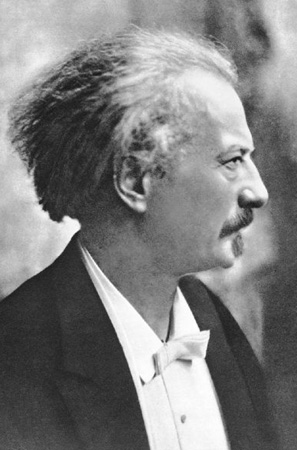PARIS 1919 (52 page)

2. Georges Clemenceau (
center
) and David Lloyd George (
right
), prime ministers of France and Britain, walk past a guard of honor. (The gentleman with them may be Lord Beaverbrook.) Both men had held their countries together during the war. They came to the peace negotiations with much public support but also a heavy burden of expectations.

3. David Lloyd George (
center
) and the British empire delegation, which caused him considerable trouble at the Peace Conference. General Jan Smuts, the influential South African foreign minister, is second from the left. Lloyd George is flanked by Arthur Balfour, his foreign secretary (
left
), and the dyspeptic Billy Hughes of Australia (
right
). Winston Churchill is to the right of the table, and Henry Wilson, Lloyd George's cynical military adviser, stands behind his left shoulder.
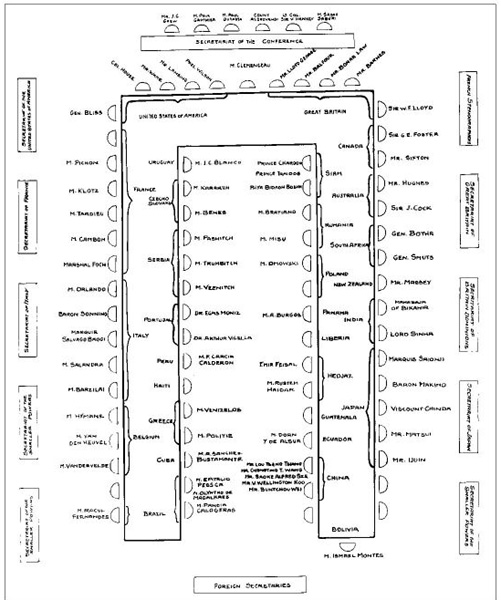
4. The seating plan at the Peace Conference. Thirty-two countries, from belligerents to neutrals, were invited to send delegates to Paris. The full Peace Conference met only eight times, which led to much grumbling from the smaller powers.
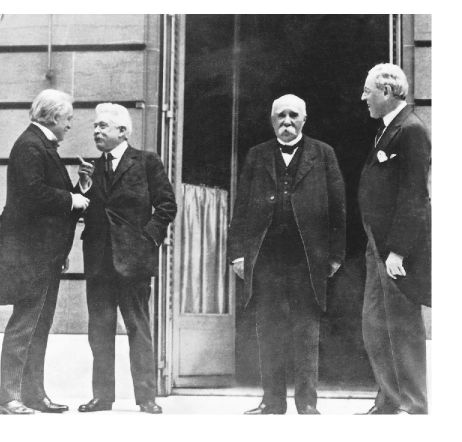
5. The real work of the conference was undertaken by special commissions and committees or by these four men and their advisers.
From
left to
right:
David Lloyd George (Britain),Vittorio Orlando (Italy), Georges Clemenceau (France) and Woodrow Wilson (United States). Until March they met, along with their foreign ministers and two Japanese delegates ( Japan was included among the Great Powers as a courtesy), as the Supreme Council or Council of Ten.
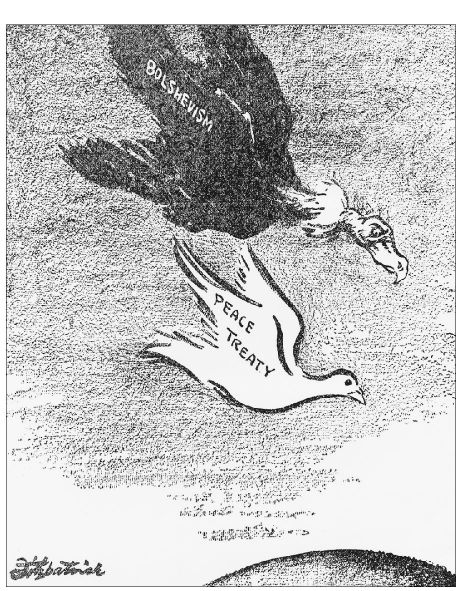
6. The race between peacemaking and revolution. While some commentators, then and since, have argued that the peacemakers were moved primarily by a fear of Russian Bolshevism, this is an oversimplification.The peacemakers were concerned about the spread of anarchy and about economic collapse in the center of Europe, but they also had considerable faith in their own ability to set the world right.
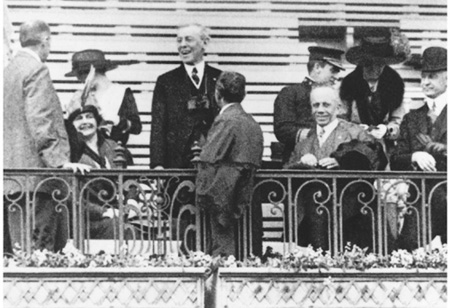
7. Woodrow and Edith Wilson at the races at St. Cloud. Although the Peace Conference was hard work, there was also time for relaxation.
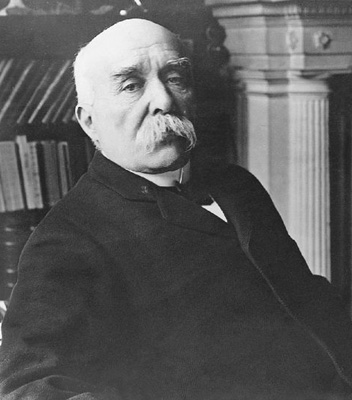
8. Georges Clemenceau, the radical gadfly turned Father of Victory. Aged seventy-seven, he was the oldest of the Big Four. Although he recovered from an assassination attempt partway through the Peace Conference, some felt that he was never the same again.
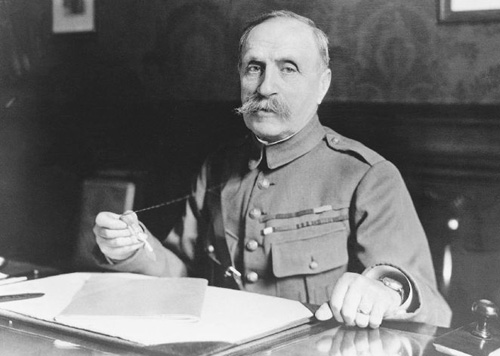
9. Marshal Ferdinand Foch, French commander-in-chief and Supreme Allied Commander. He attacked Clemenceau for compromising too much on the German terms and in particular for accepting an Anglo-American guarantee to come to France's defense against a future German attack instead of holding out for French control of German territories west of the Rhine.
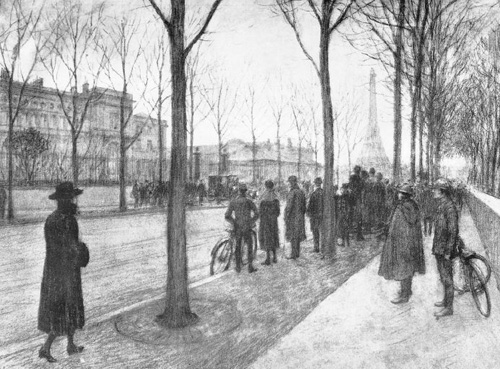
10. An artist's impression of the crowds waiting outside the French Foreign Ministry at the Quai d'Orsay to catch a glimpse of the peacemakers.
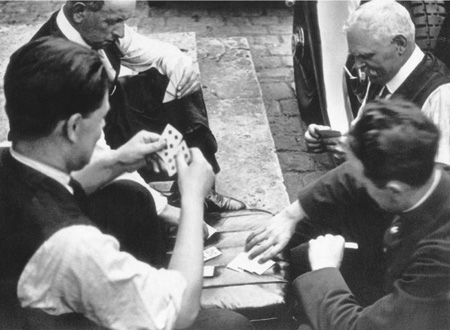
11. The peacemakers' chauffeurs.
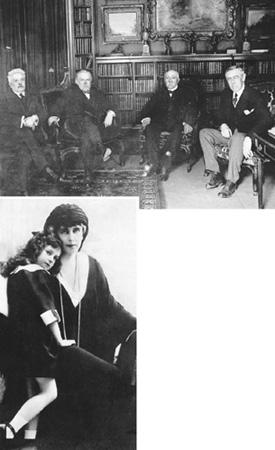
12. When Woodrow Wilson returned in March 1919 from his brief trip to the United States, and David Lloyd George came back from London, it was decided to speed up the work of the Peace Conference by scrapping the Council of Ten in favor of a smaller and more informal group.The Council of Four, as it was known, generally met in Wilson's study.
From left to right:
Orlando, Lloyd George, Clemenceau,Wilson.
13. The peacemakers were besieged by petitioners. One of the more glamorous was Queen Marie of Rumania, who arrived in Paris with a large entourage, a huge wardrobe and demands for about half of Hungary.
